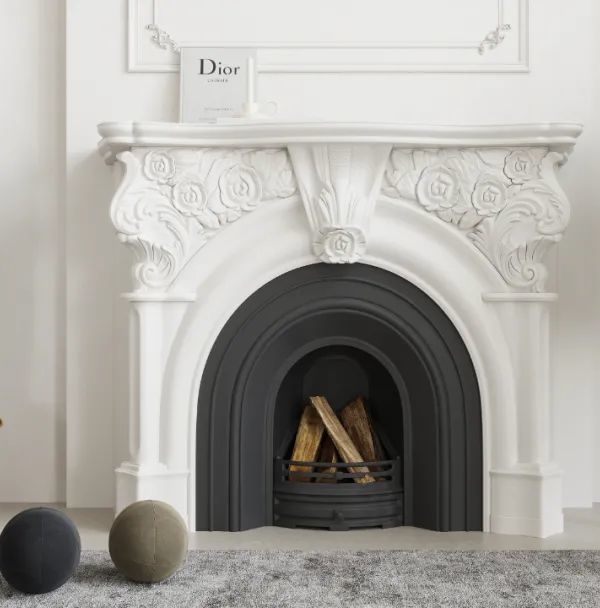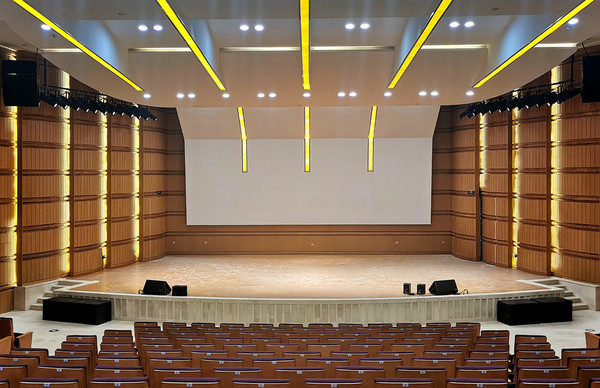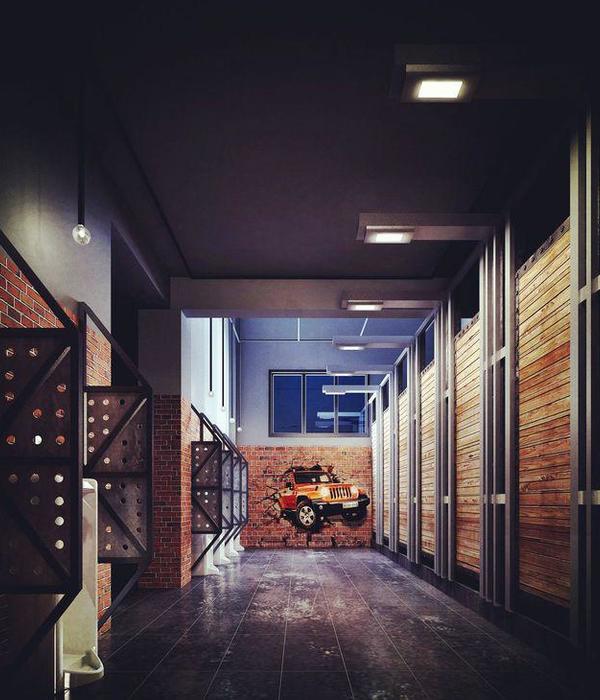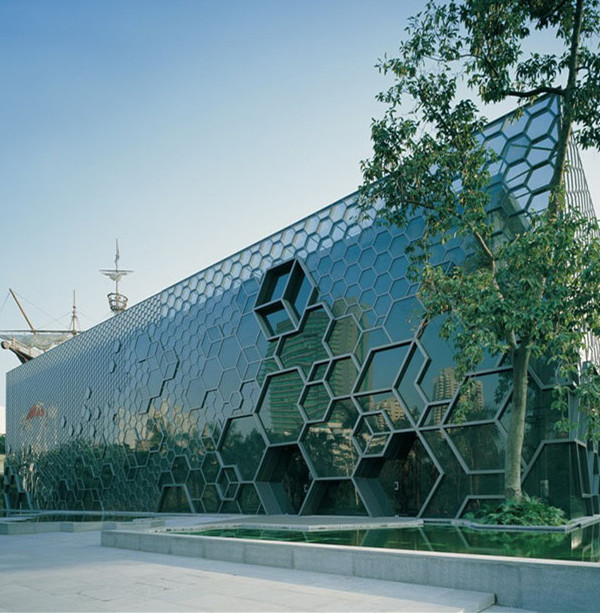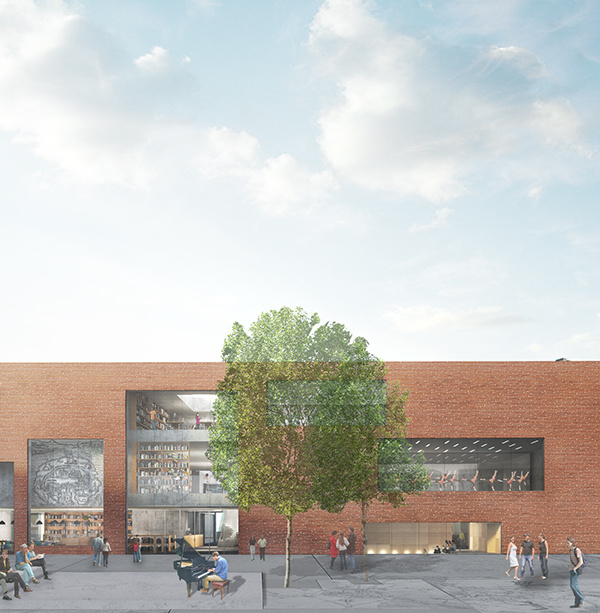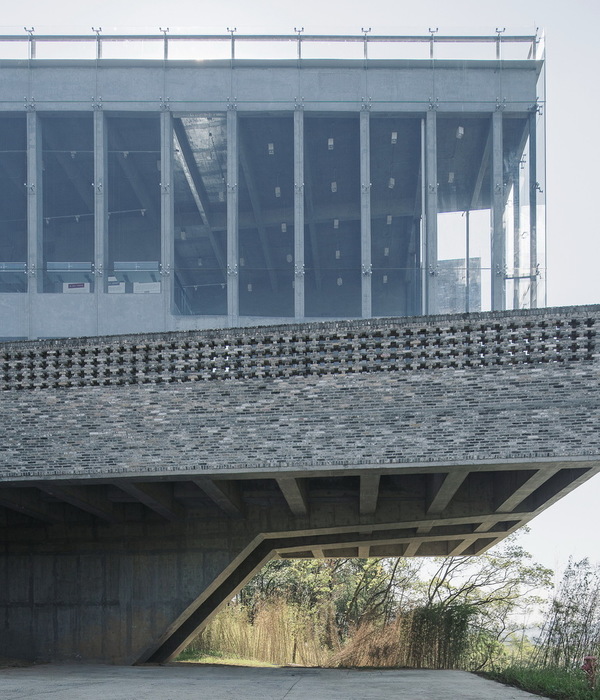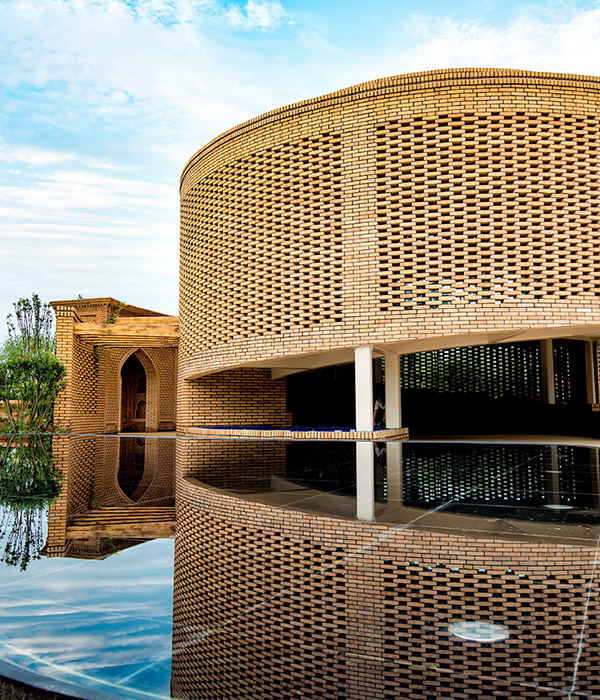Architect:stARTT
Location:Pesaro, Italy; | ;View Map
Category:Theaters
The new project completed by STARTT for the Ridotto of the Rossini Theater in Pesaro defines a contemporary environment that blends the abstract space of European performance theater with the historical tradition of Italian opera.
FLEXI is conceived as a theater within the theater, an ephemeral and reversible device that allows the perception of the historical hall and the presence of the urban scene evoked by STARTT.
This intervention is a fragment of the broader reflection that STARTT is dedicating to the city of Pesaro and contributes to the program for Pesaro as the Italian Capital of Culture in 2024.
In Pesaro, at the Rossini Theater, alongside the grand historical hall of one of the most famous Italian theaters, the architecture studio STARTT has created FLEXI. It is a dynamic and reconfigurable space designed for performing arts, music, drama, dance-theater, as well as community and political events. Located on the first floor of the theater’s extension, built in 1934 as an expansion following the earthquakes of 1916 and 1930, and heavily renovated in the early 2000s within the Sala della Repubblica, FLEXI occupies a space adjacent to the third tier of theater boxes. The original space was characterized by the presence of central pillars and organized on three different levels, a result of successive expansions of the building.
STARTT transformed the volume by redefining the structure, allowing for the removal of the pillars and the creation of a second scenic space that is accessible and flexible. A section of the historic structure, positioned in line and adjacent to the opera theater’s hall, underwent contemporary intervention. This intervention eradicates the distinction between the audience and the performance, turning the entire space into a performative area.
The Sala della Repubblica has been redesigned to bear witness to and reinterpret the evolutionary history of this portion of the theater. This begins with the highlighting of the original 18th-century facade of the building, later incorporated into the theater. Where the facade once stood, STARTT has arranged a large wall, emphasized by a covering of expansive golden panels. These panels simultaneously indicate the lost urban dimension and foreshadow the preciousness of the baroque theater’s stucco. The golden wall conceals technical and mechanical systems, ensuring they remain out of sight while serving the crucial function of acoustic insulation. In the Ridotto (namely the Second Hall) volume, other elements have also been recovered that narrate the relationship with the city. These include the apparatus of pilasters and lunettes elaborated during the modifications in the thirties, traces of which had been lost.
But what defines the space of FLEXI, allowing for ever-changing configurations, is the system for sliding a double layer of fabric walls along a track suspended from the ceiling, housing a theatrical grid. The curtains can close or open the space as needed, offering the opportunity to engage with the rediscovered architectural layout from the 1930s. This solution further controls the isolation of the hall and the requirements for refraction or acoustic absorption depending on the events hosted, which may take place simultaneously in the historic hall and the new Ridotto. Using the stratagem of the movable textile wall, the enclosed space can accommodate 150 seated places while maintaining service circulation and potential evacuation from the boxes outside it. The floor is made of pine wood painted black on a framework of joists. In the dance theater, there is no distinction between the audience space and the performance space. Here, everything is a stage, and the performance enclosure is defined by the movable curtains, creating an intimate setting for the show.
The project for the new Ridotto of the Rossini Theater, documented here through photographs by Alessandro Penso taken in the presence of performer Anna Basti, follows the one completed by the STARTT studio just over a year ago for the set-up of the Oliverian Archaeological Museum on the ground floor of Palazzo Almerici. This project was conceived based on a reflection on the fragment, inspired by the work of Jannis Kounellis. Both interventions were carried out in preparation for Pesaro as the Italian Capital of Culture 2024. Additionally, STARTT is engaged in the city with the recovery project for the Northwest quadrant of the historic center, designed as part of one of the initial measures of the National Recovery and Resilience Plan (PNRR). Specifically, for the PINQuA program (Innovative National Program for the Quality of Living), selected by the high commission of the Italian Ministry of Infrastructure and Transport as one of the eleven deserving projects. This project revitalizes and renews, after fifty years of silence, the premises of the IUAV group led by Carlo Aymonino for the recovery of the historic center of the city of Pesaro.
Team:
Architect: STARTT
Photo credit: Alessandro Penso, courtesy of STARTT
Performance: Anna Basti
▼项目更多图片
{{item.text_origin}}


